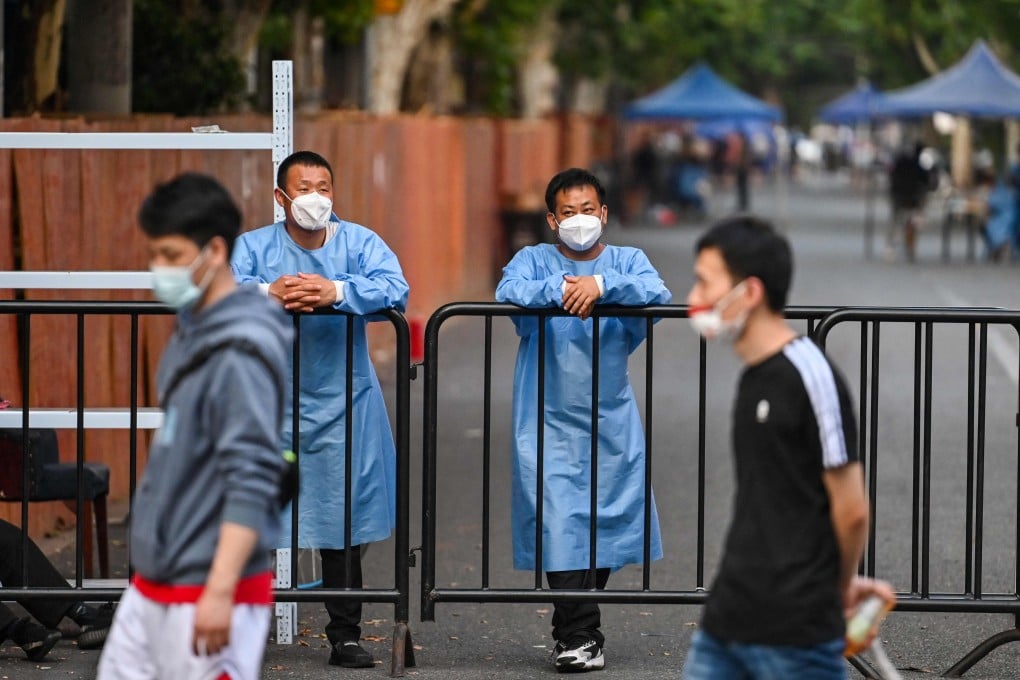Advertisement
Chinese banks set to report first-half profit growth, as infrastructure lending cushions impact of Covid-19 lockdowns
- The six leading state-owned banks will begin releasing their first-half results over the next two weeks
- Banks should be able to shrug off the impact of sluggish loan demand from small businesses and property sector woes, Jefferies analyst says
Reading Time:3 minutes
Why you can trust SCMP
1

Chinese banks are set to report about 5 per cent year-on-year profit growth for the first half of 2022, as sustained loan growth to support infrastructure and state companies is expected to offset weaker retail loan demand caused by Covid-19 lockdowns in the second quarter, analysts said.
The six leading state-owned banks, including Bank of China, China Construction Bank, Industrial and Commercial Bank of China and Agricultural Bank of China, will begin releasing their first-half results over the next two weeks. Bank of Communications and Postal Savings Bank of China will be the first to report next week.
While China’s gross domestic product growth sank to just 0.4 per cent in the second quarter, its lowest quarterly number since the first three months of 2020, state-owned banks will still be able to eke out growth, as they have heeded Beijing’s call to dial up lending to infrastructure projects to support the economy.
Advertisement
“State-owned banks have responded to the government by lending more to support infrastructure projects and state enterprises. Therefore, these banks should be able to report about 5 per cent growth, shrugging off the impact from sluggish loan demand from small businesses and consumers,” said Chen Shujin, an analyst at Jefferies.
In June, Beijing called on policy lenders to set up an 800 billion yuan (US$119.6 billion) line of credit for infrastructure projects as a way of bolstering an economy battered by coronavirus containment lockdowns. Such measures, for instance, hit businesses hard in the financial hub of Shanghai, which ground to a halt for two months.
Advertisement
Advertisement
Select Voice
Choose your listening speed
Get through articles 2x faster
1.25x
250 WPM
Slow
Average
Fast
1.25x
